Adarsh takes you on a walk down memory lane to a time when millennials used to burn CDs as a substitute for love letters
The year was 2001. You had finally managed some alone time on the family desktop. Using your slow dial-up internet, you illegally downloaded your favourite songs from LimeWire or Pirate Bay. Once this was done, you picked the ones with the right lyrics and set them in the order you wanted them to play. And then, you inserted a blank compact disc (CD) into the CD Drive. On a CD-writing software like Nero, you added your songs and clicked ‘Burn CD.’
Then the anxious wait for what seemed like forever. After around 15-20 minutes, the whirring sound of the machine would finally end and the CD Drive would open and your newly written CD would pop out.
Sify Technologies – ICT Service Provider
Congratulations! Your love letter was ready to be handed over.
The Perfect Love Letter
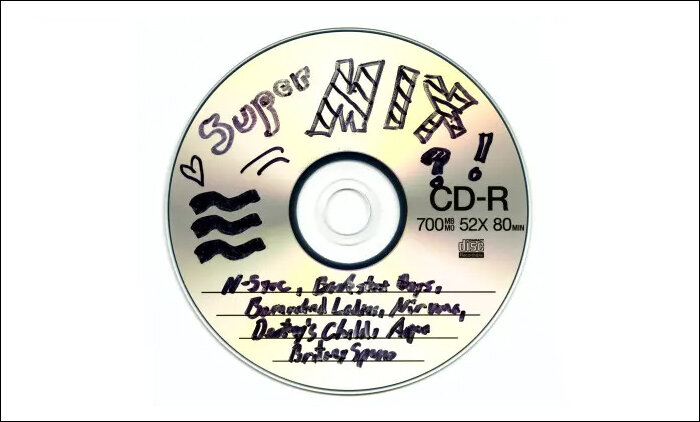
For tech-savvy millennials in the late ’90s and early ’00s, burning a CD was the perfect substitute for a hand-written love letter. (It was just as perfect for not-so-tech-savvy millennials too. You always had a techie friend with a CD Drive who could make a mix CD for you.)
And it felt a lot more special than a love letter. For a wide variety of reasons. For starters, it was the extra effort that went into making a mix CD… Selecting the right songs with the perfect lyrics to sum up what was on your mind (or in your heart), downloading the songs (having high speed internet was not as easy or common two decades ago) and of course, having the ability and the software to burn the CD. And you could not skip the love note either. You had to write a special message with a marker on the CD or the cover.
And it was not just that. Unlike a love letter back then or a custom playlist these days, you could not just slip a mix CD into someone’s bag or inbox, you had to give it to them in person. You had to look them in the eye and hand it over, hoping that it would not be rejected.
And then of course, the unimaginable anxiety and anticipation as you waited with baited breath for them to listen to the songs and get back to you. All this is a charm of an era gone by!
How a CD is ‘Burnt’
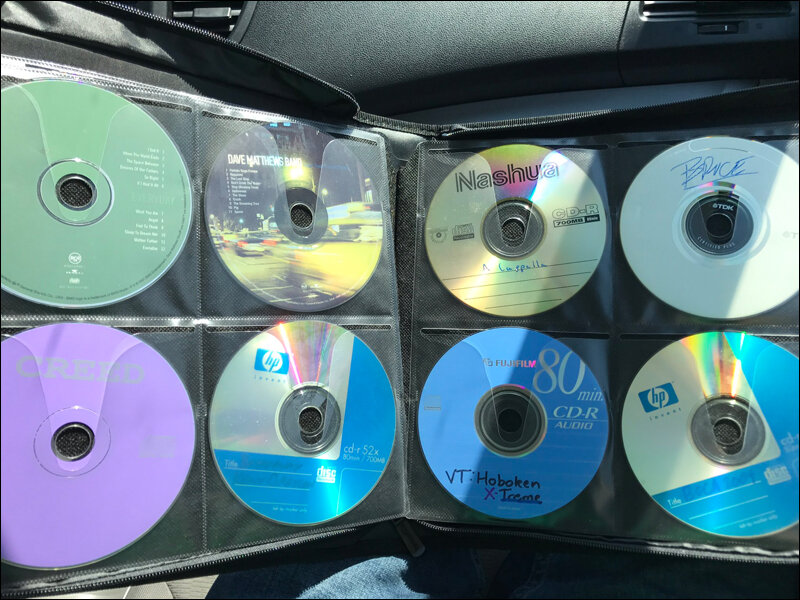
In a regular CD, the data is stored as binary data in a series of physical pits and flats in a special layer on the disc. To read the disc, a CD player shines a laser along the spiral groove that is embedded in the data layer. If the laser gets reflected in a flat area, the player takes it as a 1 but if the laser beam hits the pit and dims or is deflected, it is taken as a 0.
The issue with such mass-produced CDs was that the three-dimensional data layer that consists of the flats and pits was permanently stamped on to the disc and there was no way to change it later.
But in the mid ’80s, scientists at Taiyo Yuden in Japan realized that you did not necessarily need the pits on the disc to diffuse the laser light. You could just embed a transparent chemical layer on to the disc that would darken when heated with a high-powered laser.
So instead of the commercially pressed CDs with pits, blank CDs use darkened areas of dye that gets burned into the CD. Since the chemical layer of the disc changes from the heat of the layer, the process is called ‘burning a CD.’
The Death of CDs
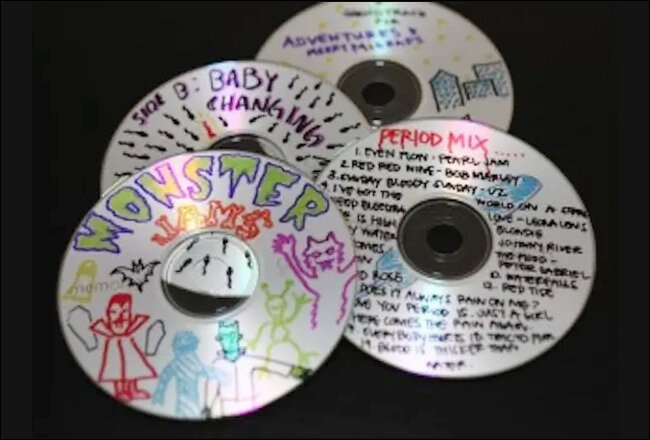
As is the case with all good things in life, the era of compact discs slowly drew to a close too. With the advent of USB drives and internet storage, CDs started becoming obsolete.
The stats are proof of this. In 2008, blank CDs worth $1.9 billion was sold worldwide. In 2013, that number had dropped to $368 million. But by 2019, the company that was recording this data did not even bother keeping track of blank CDs. That is how irrelevant they had become.
Nowadays, CDs only exist in forgotten cupboards or shelves, catching dust as they await the day that they are finally thrown in the trash. Occasionally, someone comes across an old disc, and it is shared on social media with a bout of nostalgia. But even if you wanted to play one of those old discs for old time’s sake, you would not have a CD player that plays that format anymore.
Mix CDs only exist in memory now, but they remind us of a simpler time when technology had not completely gone out of hand and this digital substitute for a love note seemed so honest and innocent.
In case you missed:
- OpenAI finally unveils its Advanced Voice Assistant!
- The Future of Online Marketing: Adobe introduces AI Agents
- How to Free Up Gmail Space without Deleting Important Emails
- Reddit launches AI-Powered ‘Answers’ Feature in India
- How Meta AI stopped Lucknow Woman from committing Suicide
- Meta AI launches on WhatsApp & Insta in India
- Samsung S25 Review: A Powerful Upgrade with AI Enhancements
- OpenAI is now Focussing on Superintelligence!
- 13 Ways to Speed Up your Wi-Fi Connection
- How to spot a Deepfake Video


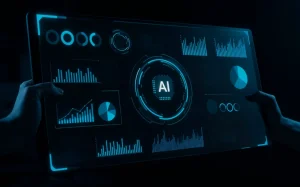
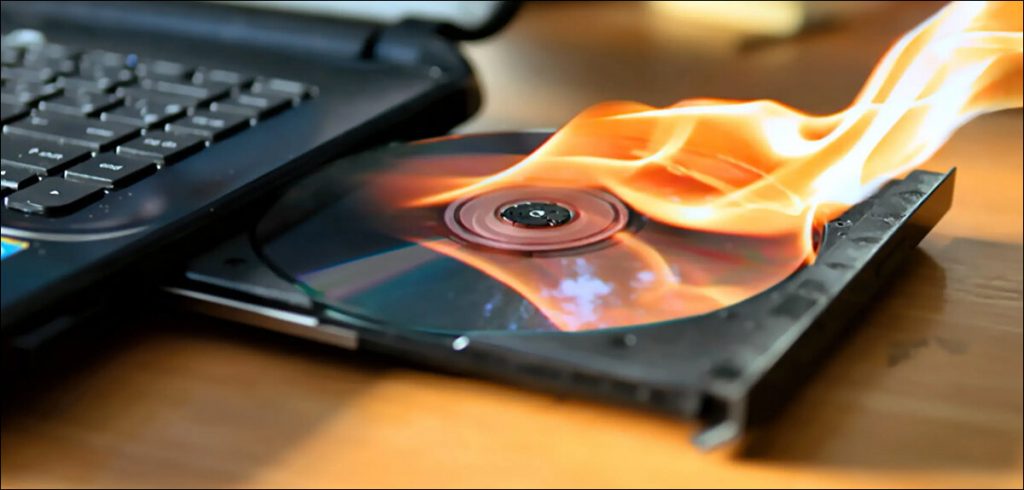




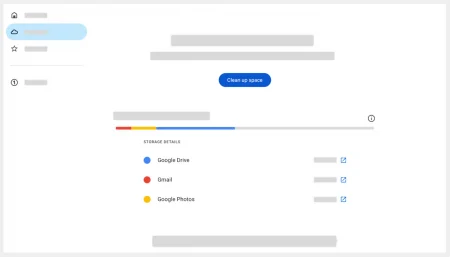
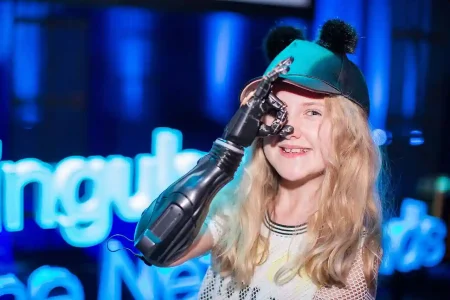
2 Comments
I’m not that much of a internet reader to be honest but your blogs
really nice, keep it up! I’ll go ahead and bookmark your website to come back later on. Many thanks
Thank you!